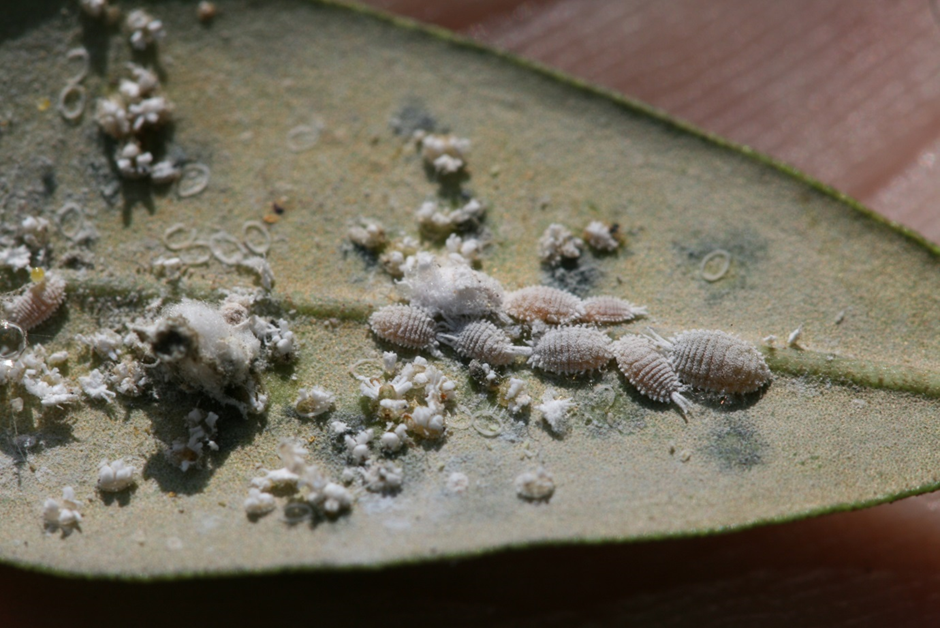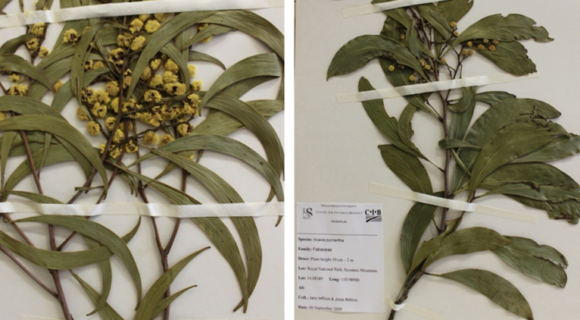29 July 2015 | By Jan Giliomee
A mealybug (Delottococcus aberiae De Lotto) of southern African origin has recently been noticed in Spain where it causes severe distortions on young citrus fruit. Since the local natural enemies are ineffective in controlling the mealybug, and farmers rely on chemicals to protect their fruit.

In South African citrus orchards this mealybug, though present, rarely causes problems, indicating that efficient parasitoids are controlling its numbers. A parasitoid is an organism that spends a portion of its life attached to or inside a host organism, where it ultimately sterilises or kills the host, in this case the mealybug. The introduction of parasitoids from South Africa might be a sustainable and economically viable alternative for controlling this mealybug in Spain.
In the past, biological control of mealybugs often failed as a result of misidentification. An international project team, including C·I·B Associate Prof Jan Giliomee, tackled this problem by launching a comprehensive project collecting this mealybug from various sites in Spain and South Africa. In South Africa, the team collected this mealybug from various hosts including citrus, wild olive and bietou.

The team found that mealybug populations from Spanish orchards shared similar characteristics with mealybug populations on citrus from the Limpopo Province in South Africa. This showed that Limpopo was the likely region of origin for the Spanish populations, and pointed to the best location for collecting parasitoids to introduce into Spain. During the study a total of 14 wasp parasitoids were recovered from various Delottococcus species. Species were identified to genus and species level using morphological and molecular data.
“On the basis of this research, we proposed that a species of parasitoid wasp from the genus Anagyrus from citrus orchards in the Limpopo Province would be the best candidate for introduction into Spain to control this species of mealybug.” explains Prof Giliomee, co-author of the paper published in PLoSONE.
Read the paper
For more information, contact Jan Giliomee at jhg@sun.ac.za



